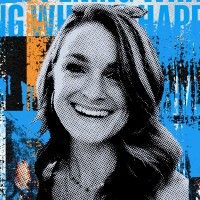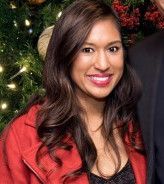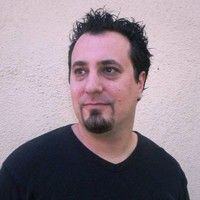During our incredible Developer Marketing Summit in 2022, Waqas Makhdum, Head of Developer Relations & Community at Snowflake, led a panel discussion sharing insights on community strategies and how to drive growth through them with three industry experts:
- Brynne Henn, Product Marketing Manager at Niantic
- Paul Zimmerman, Developer Community, Engagement Manager at Cisco
- Nisha Baxi, Director of Community at Gong
Check out highlights from the discussion below.
Community used to be an ancillary function, but recently it's become mainstream and many companies build out community before marketing. What’s changed?
Paul
My team primarily used community as a support channel for the longest time. But, more recently, we've shifted to seeing it from a much broader perspective.
We have a variety of people in our community, from students trying to get their certifications and learn how to use Cisco gear, to people learning basic programmability to get into coding, all the way through to network engineers who want to do more network automation and DevOps.
One of the great things about community is its broadness, and it’s one of the reasons marketing is so interested in it. It’s the fact that you can reach this entire group of people who are using the products.
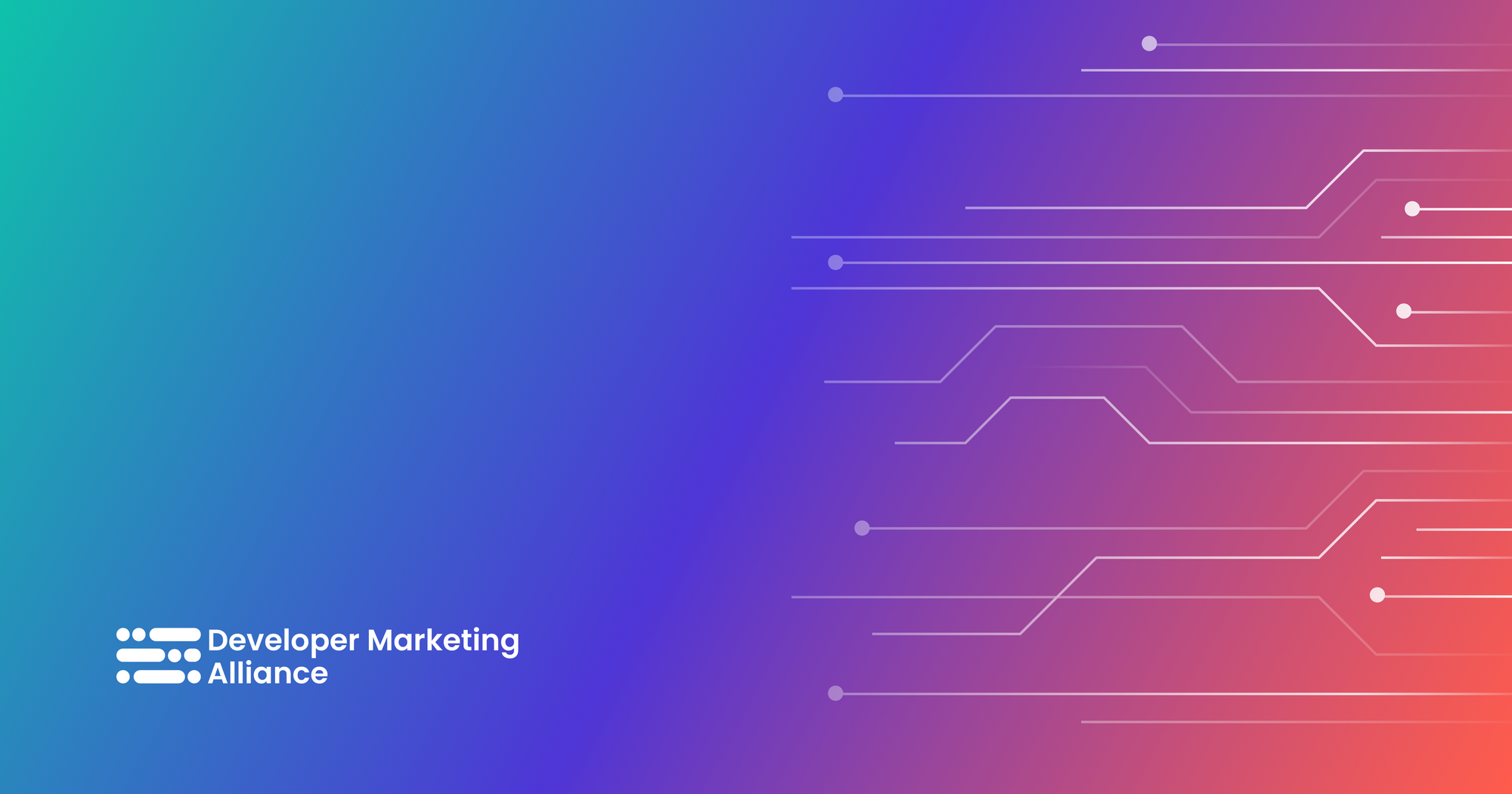
Nisha
It's a big timing thing. We've all been through COVID-19 where people were naturally trying to find ways to connect with each other.
People found opportunities to connect with others and learn about things they hadn't done before. Then, once they discovered the magic of community, they asked themselves why they hadn’t always been doing this, and how they could do this at their companies.
There are so many different ways to actually deploy community, and I think that's created this flywheel where people are learning and discovering communities because they didn't really have a choice.
Developer communities have existed forever, but other personas like sales had always relied on meeting in person. So I think it's that combination. You learn about communities and then once you're in there, you're hooked and you want to do more, so you keep coming back.
Brynne
One of the big things we've seen is that there's a desire for authenticity that has grown especially over the last few years.
With Niantic and other organizations I've been at, we’ve found that developers don't want to be marketed to or oversold with promise.
But community is a really great way for them to see what’s true, where the kinks are, and where they can expect support so they have more of a hope to jump in. It overcomes that fear of seeing an ad and being oversold on it.
You can see the real people behind the product.
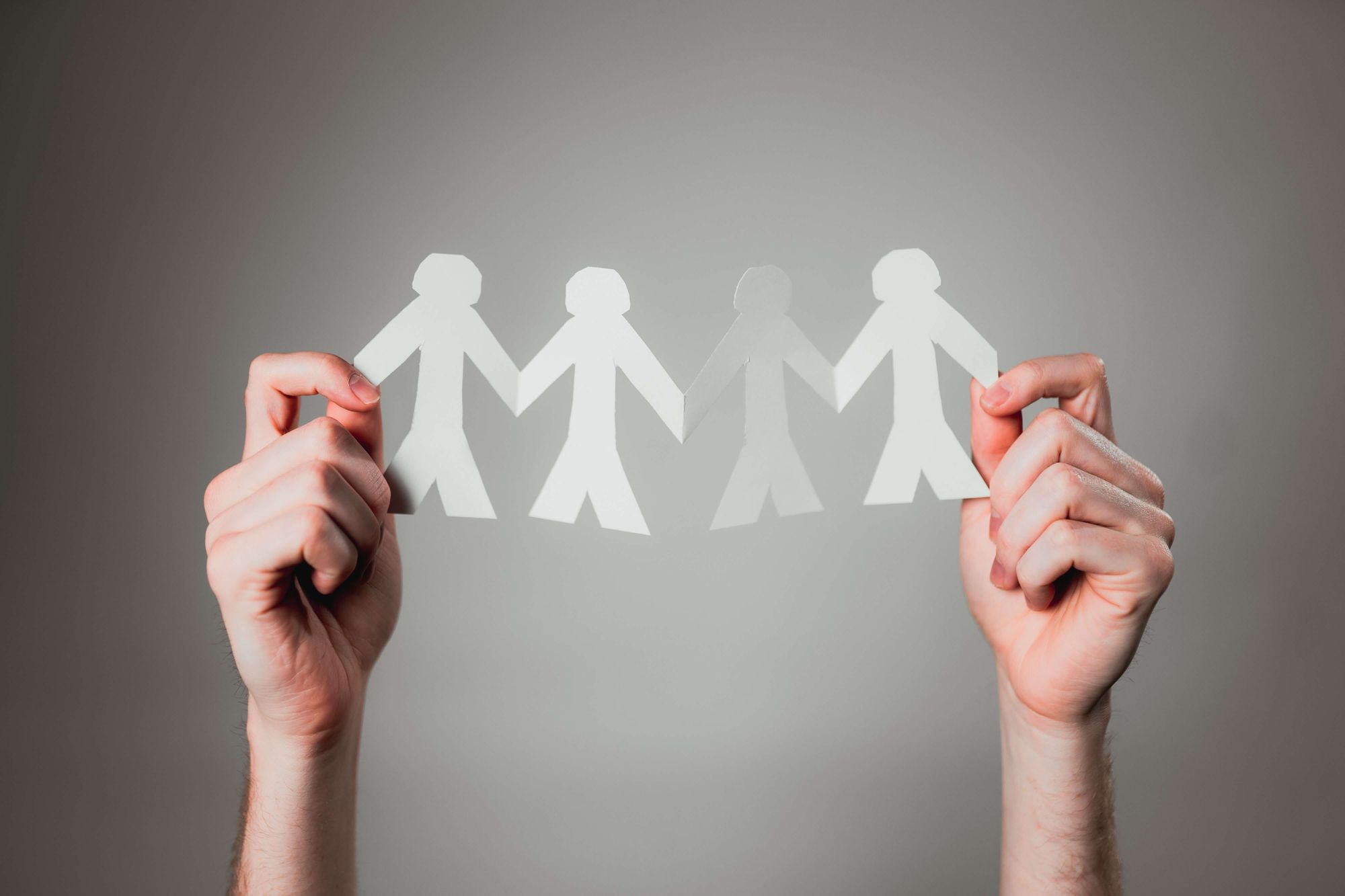
What are some of the learnings you've had in terms of seeding and kick-starting communities?
Paul
When I started doing community work with the Cisco DocWiki, we were starting from scratch, so one of the biggest problems was getting that critical mass of people. Your community isn’t vibrant until you have a lot of interaction going on, and trying to drive people to the communities is such a pivotal task.
With our Cisco developer community, I was fortunate that we had a large, built-in audience already. But we still need to continue to work to keep content fresh and make sure people are engaged and getting their questions answered.
You also need to try and get the community to answer questions rather than just your moderators which can be tricky.
However, there are some areas in our community where the members are so engaged and are answering the questions. It's very exciting to see people doing that and interacting with each other without a lot of prompting.
Nisha
I would say to follow the music. When you see that there's excitement from a group of people, take that momentum and go with it.
Companies all have OKRs and goals that might not necessarily align with what the audience wants.
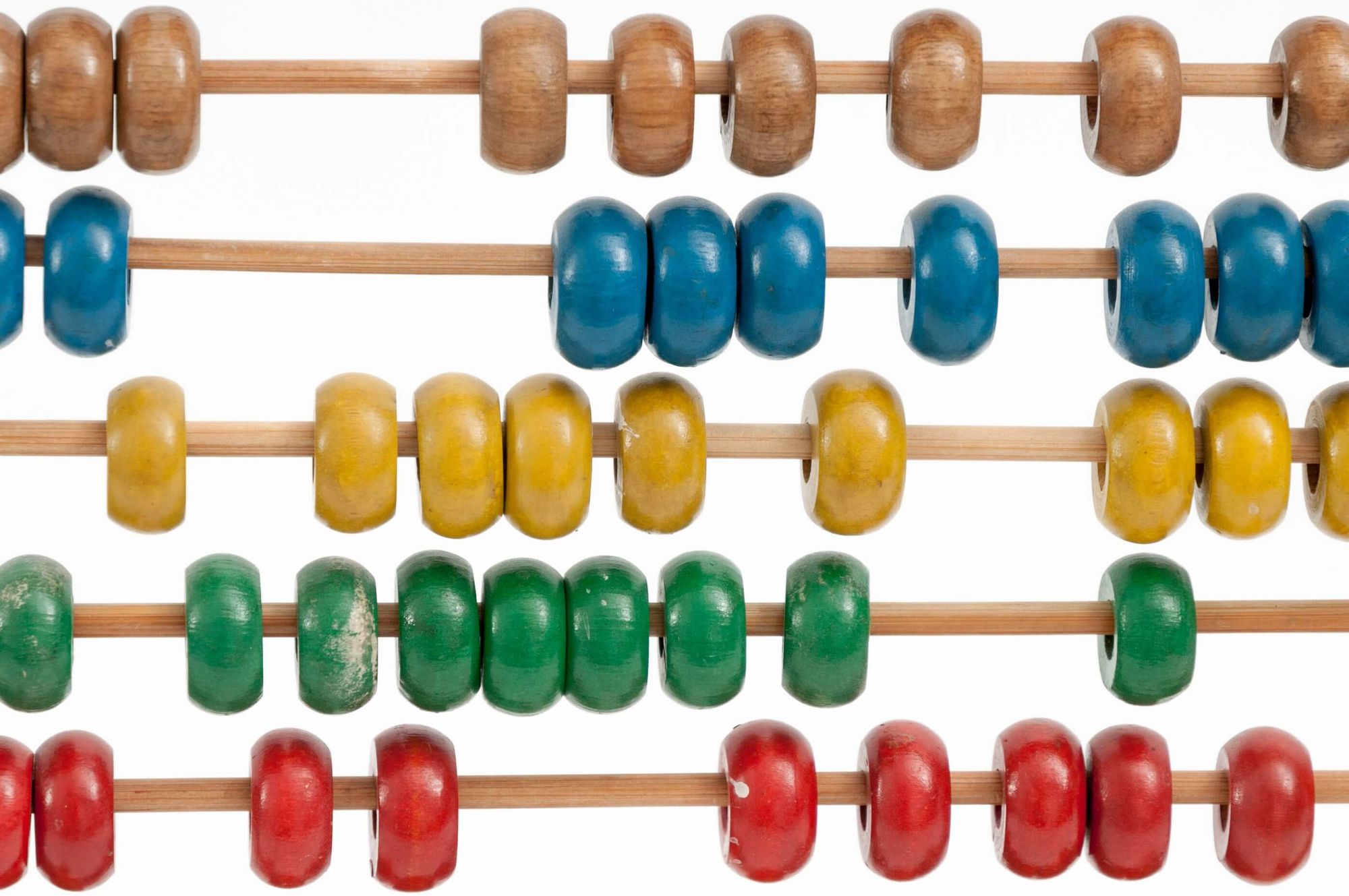
How many times have we all done a campaign or program because an executive said they really wanted it or we thought it was the right thing to do for the company. But when you're actually in the room with the audience, they’re not interested or excited about it at all.
I can actually share a story where I was really invested in creating a group for heads of sales. I thought that it would be great for the company to get in front of the champion and person that ultimately signs the checks for Gong.
I met a woman through the community and asked her if she’d like to run the head of sales community. And she responded by saying that she’d met her best friend in the Gong community and they actually wanted to talk to me about starting a ‘Women in Revenue’ meetup.
This meetup is now run by the community. It happens every single month and it's something they do on their own. So I think that that's what you should really do and what really empowers people. They'll always connect on your product because they found you in your own community, but give them the opportunity to connect on the other things they're interested in.
Waqas
We love meetups. We kick-started our community at Snowflake with a few user groups and that scaled to hundreds of user groups all run by the community. The community pulled us into different functional user groups, from app development focus, to machine learning focus, to new regions. It’s like doing experiments and doubling down on the ones that really pick up.

Brynne
I think that doubling down is really critical. At Mapbox, one of the core ways we started building our user community was trying to guide them to our channels, which didn’t work at all.
We then decided to go small. We found a bar, had a meetup, talked about maps for a little bit, and invited everyone else who talked about GIS. Suddenly, the identity of our community was these small groups of people you knew you could talk to about what you loved, and you weren't coming in expecting to be pitched.
At Niantic, our developer community strategy is trying to meet developers where they already are, in the channels they're already using, rather than trying to pull them into our framework.
How do you measure the impact and ROI of community?
Paul
Metrics are such a huge part of figuring out if your community is successful or not. ROI is always a tricky thing though. How do you translate what success you're having in a community to money?
We can look at things like active members and conversion of guests to active members who are logged in and answering questions. You can see which individuals are great for building out the community and who might be interested in promoting products.
Looking at things like posts and depth of replies is also helpful for the community as you can see the kinds of products and topics people are talking about.
Cisco has such a massive community and we’ve covered so many different sets of products so it's helpful to see what people are interested in. I think sometimes there's a disconnect between marketing and the community because marketing is always looking forward at what shiny products they want to promote.
Community is also interested in this to some degree, but there's also a lot of older stuff that people are interested in that they want answers for. So, it can sometimes be interesting to look at what people are actually using in the real world, and that can be helpful information for marketing as well.

Nisha
The framework that I've recently been leveraging is Gong’s adaptation of SPACES. There are actually two pieces of it. One is the high level business impact that you make and how this ties into revenue.
Then we also have community health metrics; if I do these things every single day in keeping the community engaged, will I achieve SPACES? SPACES stands for support, product, acquisition, content, engagement, and success.
Support is a percentage of case deflection. If community members are asking and answering questions from each other, how are we actually deflecting some of those case support tickets?
I also look at product and how many ideas are coming from the community.
There's actually a place where people can submit their own feature requests. They can share what they like, what they want, and why they want it, and these requests go directly into our product backlog refinement to the product team and our chief product officer.
The Gong community has only been around for a little over a year, and dozens of features have been implemented because of feature requests from the community.
In regards to acquisition, I'm able to track people who join the community as non-customers and then end up becoming customers. I can then track that ARR influence, and see that people spend an average of 2 and 1/2 minutes in the community. I also know how often they're coming back and spending time.
So, while it might not be direct causation, it's a very strong correlation metric. The community is a touch point in the sales cycle and our sales team loves it for that.
But the rest is building amazing, authentic content from the voice of the persona and making sure that they're constantly engaged by creating programs and campaigns.
People in the community actually upsell 2 and 1/2 times higher than people that are not in the community. Birds of a feather flock together, so get your people in the community if you want to sell more.
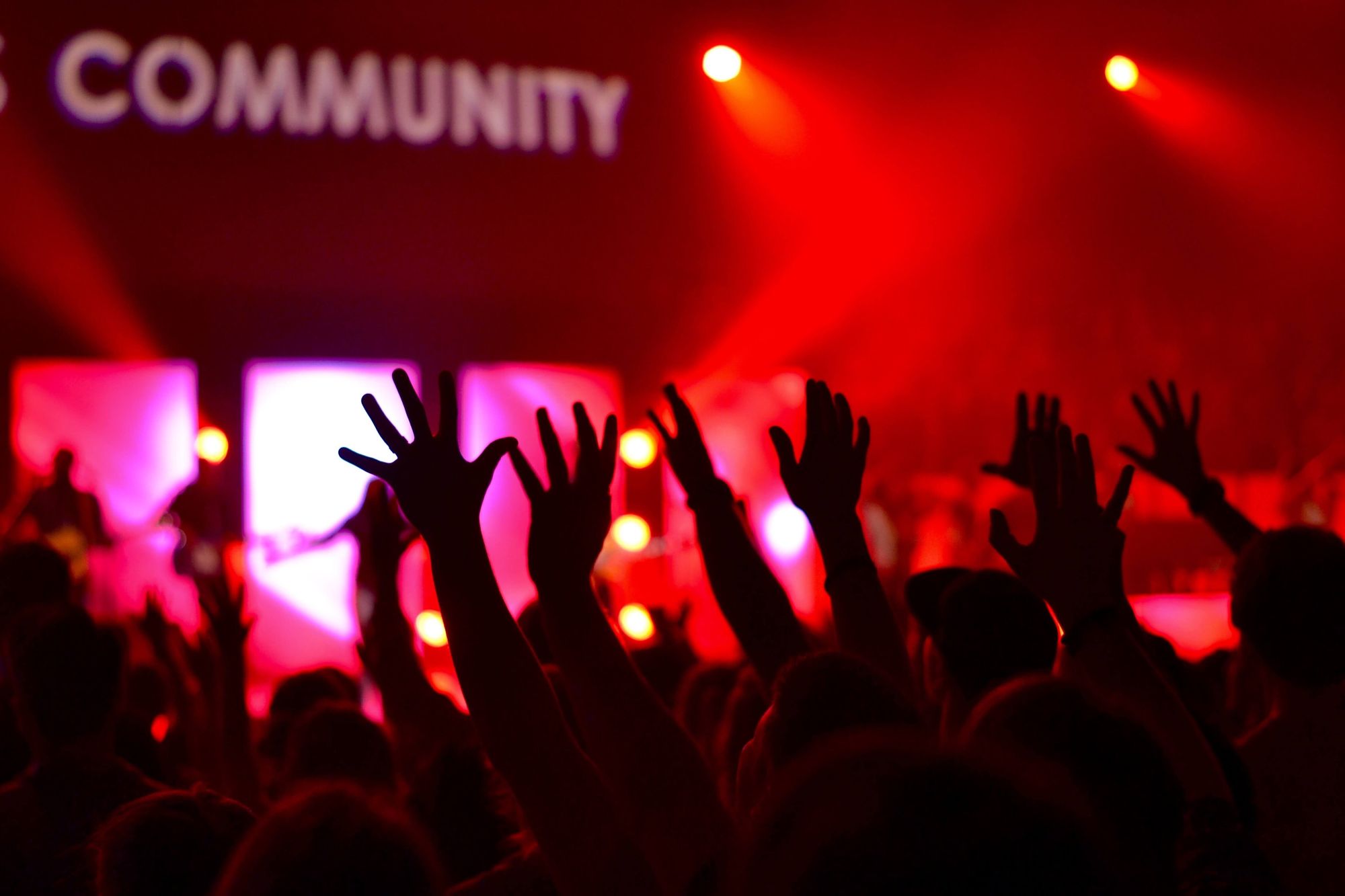
Brynne
I think that tracking point is really key, especially as you're starting out. You might not have all the levers you need to track, but the more you can follow and keep down on paper is critical because often the lead time from community to acquisition is longer than people expect.
My favorite story from Mapbox is when we were trying to win our very first mobile customer, which was key for us to get data for the map. We were going after the weather channel at the time, which is prolific in mobile use.
We were not the best candidate for the job, but we had gone to meetups with them every single month for two years. By the time the CTO sat down to make the decision, he looked around the table and said, ‘I can’t not choose Mapbox because they’ll probably find me at a bar, meet up with me, and talk to my team about it.’
That community has a long lead but can be incredibly impactful, and if you can track it, it's what defends that to your higher ups.
Do you have any learnings or tactics to share on how you scaled your communities?
Brynne
A mistake I’ve often seen is when you forget who your community is and why you created it. Once it gets to a certain size, there's often a push to really grow it and take it to a different level. But when you forget the original root or value, you often burn many of your community leaders.
At Niantic, we’re working with our wayfair which is a UDC community, and we're trying to use those learnings to make sure we always appreciate where we started with them so they feel comfortable scaling and growing with us.
Nisha
That's a nut I'm still trying to crack. I use an experimentation model where we run two to three experiments every month to see what works and what doesn't. We’re constantly iterating that if things are great we'll keep moving, and if they aren’t we'll just collapse them and tell everybody that it was an experiment.
The Gong community currently has 3,000 people in it and 50% of our members are consistently coming back which I'm really proud of.

Paul
One of the challenges with communities is that they're always changing. We certainly we have some communities that have been around for a long time and have pretty steady activity going on, but we also have newer areas that we want to focus on, and trying to build those out and get attention is really tricky.
But the great thing is that once community members are in a certain space and there’s a pretty consistent flow going there, we can really lean on them to help build that community out and provide some interaction.
That's when you feel you’ve got to the point where your community is a healthy living organism, when the community members are contributing a lot more.
Waqas
Our biggest learning with scaling was giving up control. When we initially started the community, every program was curated. We were monitoring and had community moderators engaged, but as we scaled to hundreds of user groups in different communities and a large number of community champions, we had to give up that control and essentially build out a community off community.
The other learning that we're still going through is bringing in no constraints thinking. We've built the community and taken it to a certain level, but how do we get to the level that requires breaking some of the internal organizational processes, objectives, and expectations, and how you think about community externally?
That requires some of this mindset and a different type of team to come in and build out a community function.

Community spans across multiple functions. How do you make sure that you're orchestrating them properly and headed in the right direction without getting too distracted?
Brynne
My teammate repeats what the community is and what its purpose is at many meetings with new stakeholders. So anyone who's new, forgotten, or wishes they could do something else with the community for their own portion of the business understands that this is where we need to stay, at least for the foreseeable future.
That repetition and assuming that someone didn't hear you the first, second, or third time has been key to driving that understanding within our organization.
Nisha
My answer to this question is to lay a really strong executive foundation early. The visionary for the Gong community is our chief customer officer. He worked really closely with our executive leadership team to make sure that not only was this a priority, but to define the do's and the don’ts.
I'm constantly going on roadshows and speaking with different team leads about what the community is. A hundred Gong employees helped me build and launch the community, so 20% of the company was educated on what the Gong community was doing. And I always like to give an update of what's happening and how things are going.
You need to make sure that you have a seat at the table, and the best way to do that is by having an executive who really gets community, champions it, and makes sure the rest of the executive team are completely aligned.
Paul
Community can be viewed by so many people as a marketing tool or a tool for sales, but the community members usually don't want that. They want a place where they can come and communicate and share their ideas and get some answers.
It’s a tricky balance to make sure that it's focused on the things the community really wants to see.
Nisha
In early-stage companies, the question is always ‘where does the community live?’ The truth is that if community is done right, it will impact every single function.
I believe that if we do a good job as community professionals, we'll be able to level up the profession as a whole, and people will realize it’s just a layer under all the parts of the company.
And, then, hopefully, we'll see more chief community officers leading organizations of their own in a few years.
Have you joined our Slack community? Here, you'll be able to network with other marketers, get answers to your most burning questions, and so much more.



